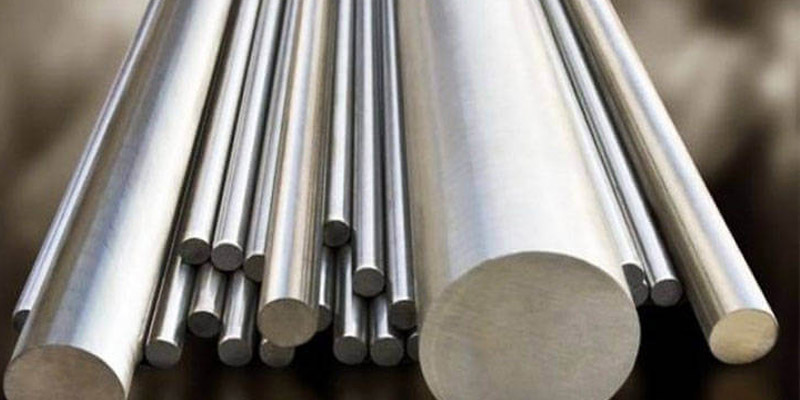Although the two most common grades of stainless steel can appear to be identical at first glance, they have significant distinctions that, depending on your intended applications, can result in significant savings throughout the course of your product.
All stainless steels have varying amounts of iron and chromium in them. The distinctions between grades, however, are brought about by the precise mixture and other additions.
The most common 304 Stainless Steel, has 8% nickel and 18% chromium, while various alloys fall under the same grade.
Less chromium—typically around 16%—is present in stainless steels of the 316 grade, but nickel content rises and molybdenum is added.
The majority of popular alloys contain 2 to 3% molybdenum and 10% nickel. Specialty alloys, however, may contain up to 9% molybdenum.
THE ADVANTAGES OF STAINLESS STEEL 316
The most common grade of stainless steel ordered worldwide is 304.
It provides the typical strength, formability, corrosion resistance, and ease of maintenance associated with stainless.
Although 316 is marketed in smaller amounts overall, it offers significantly better corrosion resistance to acids and chlorides.
This makes it popular for a variety of settings, such as:
implants and equipment for healthcare
Environments for food preparation, processing, and service
Coastline settings
areas with a lot of salt (such as roadways)
Brewing establishments
environments where alkalis and acids are more prevalent
With fewer uncertainties, you may clean your stainless steel more frequently with potent cleaners and detergents without fear of doing any harm or changing the material's appearance thanks to these higher resistances.
This makes the 316 an excellent improvement for settings with stringent sanitation and hygiene regulations.
WHICH IS BETTER, THEN? IS STAINLESS STEEL 304 OR 316?
You might ask why 304 stainless steel is still the most popular given the advantages that 316 stainless steel offers.
If you're unsure which to select, think about these typical applications for the two grades:
STAINLESS STEEL 304
pipework for water
tank storage
Electrical enclosures for the home
Wheel guards
a vehicle's trim
kitchen utensils
Appliances
ornamental trim
STAINLESS STEEL 316
pipework for chemicals
pharmaceutical technology
medical supplies
chemical apparatus
stainless-steel floats
Marine environments and structural steel and components
Appliances, surfaces, and equipment for commercial kitchens
It mostly concerns cost and standards for corrosion resistance, to put it simply.
Standard 304 grades will provide equivalent performance and endurance at a lesser price if you don't need the extra resistance of 316.
However, 316 frequently extends the useful life of the steel goods by years in circumstances where the extra resistance is required.
In spite of the initial increase in investment, this can result in significant long-term savings.





Comments